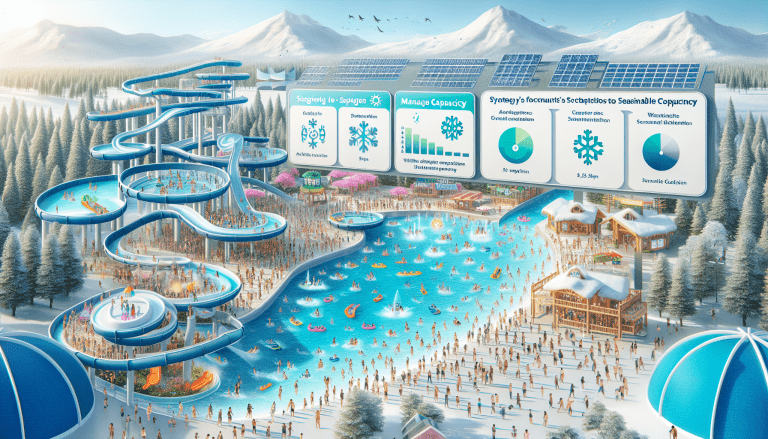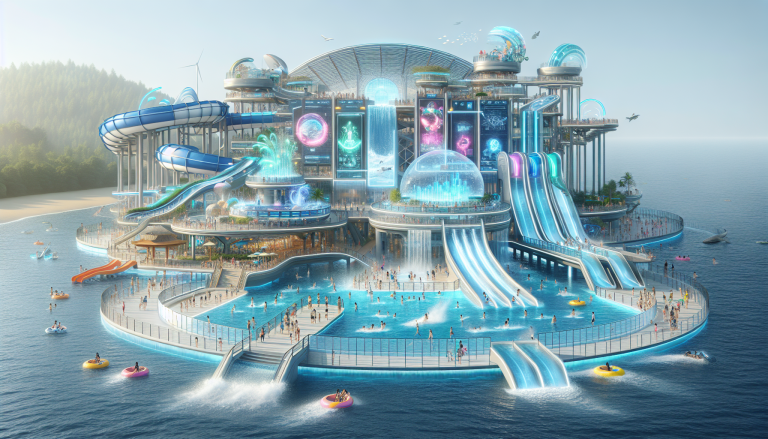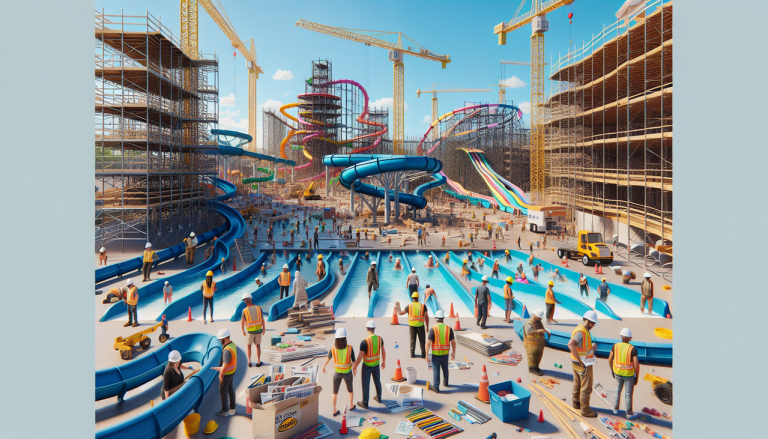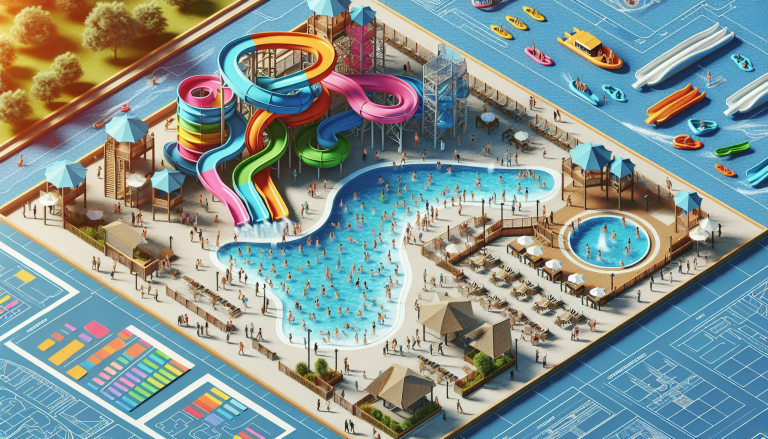Water Park Construction: Regulations & Design
Audio:
Text:
The design of the pool for a water park project must adhere to several crucial requirements to ensure safety, functionality, and durability.
1. The pool should be designed with waterproofing measures to prevent issues such as sinking, water leakage, and cracking.
2. Climbing ladders must be installed, with intervals not exceeding 15.0m.
3. Clear and visible water depth signs should be placed on the pool walls.
4. Anti-collision measures are necessary for the walls of tsunami pools.
5. A full-length footrest should be installed 1.20m below the water surface, with a width of at least 0.15m.
6. An overflow trough and grate should be set on the pool wall. If used for overflow backwater, it should not discharge into dirty water.
7. A lifeguard safety observatory should be established for every 100 square meters of water surface area, with a height of at least 1.20m from the pool bank floor, ensuring visibility of the entire recreational water area.
8. Emergency drainage facilities must be installed, with measures to prevent children from being sucked in.
9. The pool edge should prevent rainwater and sewage from entering the pool.
10. The pool bank should be at least 7.0m wide, with rounded angles between the bank and the pool body.
11. The pool bank surface material should be non-slip, easy to clean, and have a drainage slope.
Calculating the Number of People in the Water Park Project
1. The maximum number of people in the pool area at any given time is calculated as 0.5 people per square meter.
2. The number of people in the vehicle area should be based on the passenger capacity of the water park equipment.
Housing and Facilities for the Water Park Project
The auxiliary rooms and facilities must comply with current national standards and meet the following requirements:
1. The number of changing rooms, showers, toilets, and sanitary wares should be determined according to the rated passenger capacity of the amusement pool.
2. Before entering the recreational water area, visitors must pass through sanitary facilities such as showers and disinfecting foot baths. The foot bath should match the width of the passage to the pool, be at least 2.0m long, and 0.20m deep.
3. Anti-slip measures should be implemented in wet areas such as walkways, changing rooms, bathrooms, and toilets.
4. The technical equipment room should include a water treatment room, water quality inspection room, water pump room, power distribution room, and related computer rooms and warehouses.
5. If using liquid chlorine and other chemicals for water treatment, there should be a separate chlorination room and chemical storage room.
6. Fire prevention, explosion prevention, and ventilation measures should be adopted in the chlorination and chemical storage rooms.
For more detailed information on the latest water park construction processes, visit the Lanchao website.






